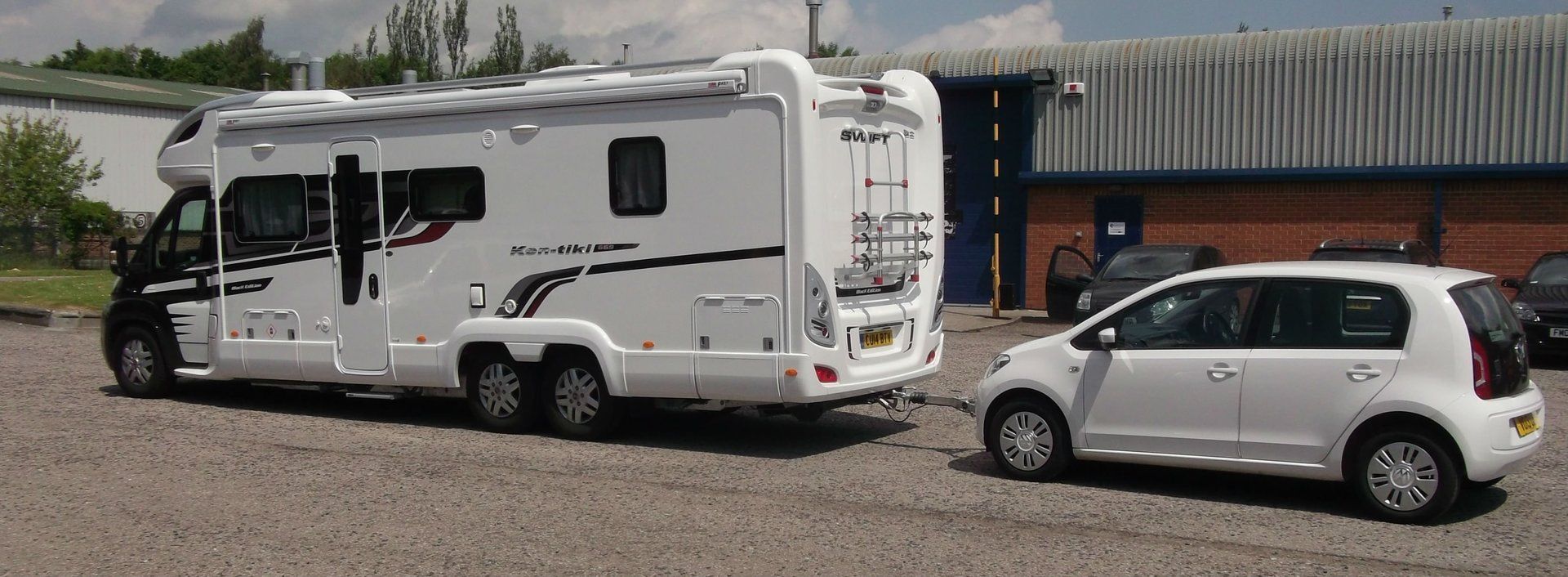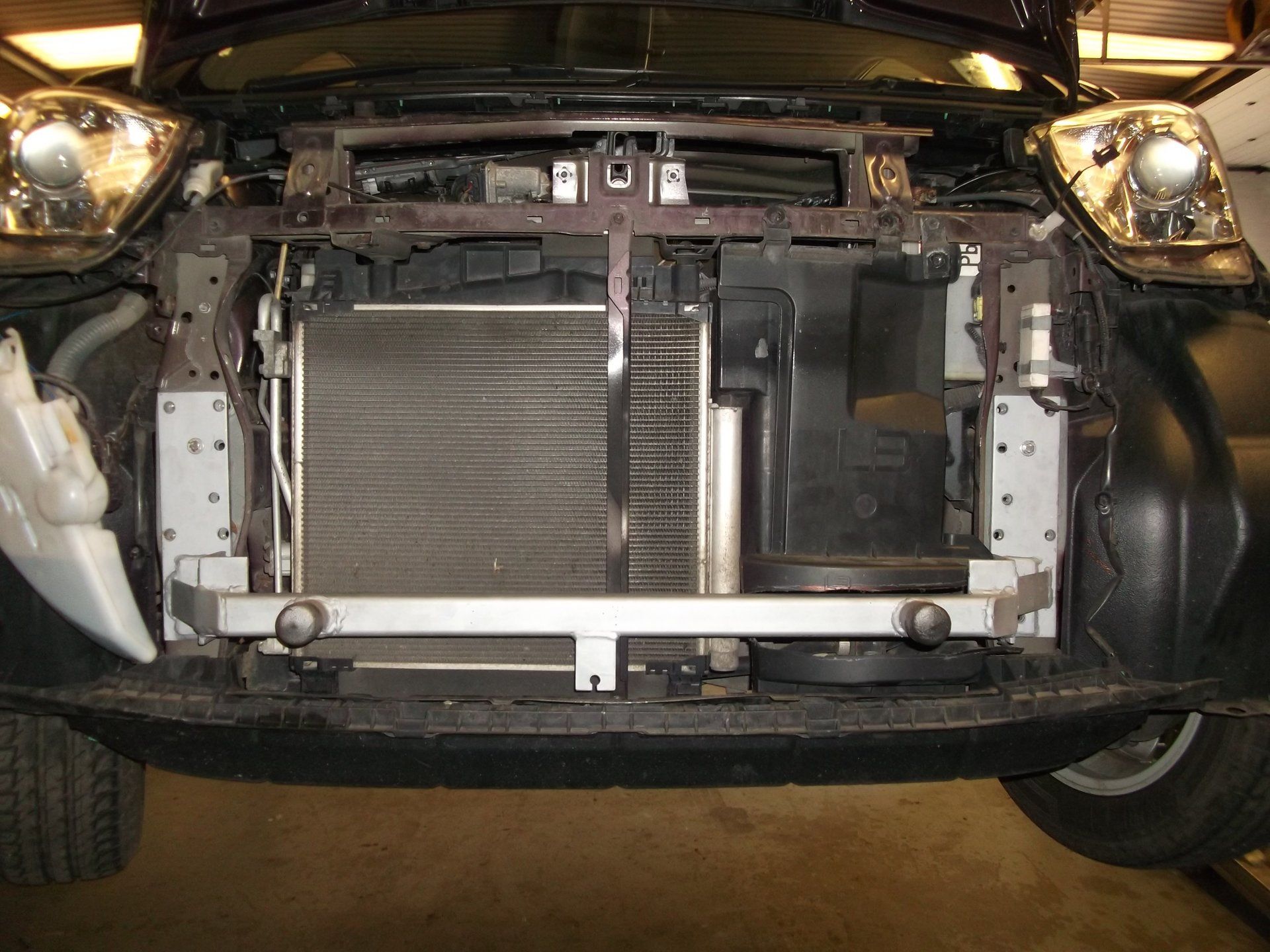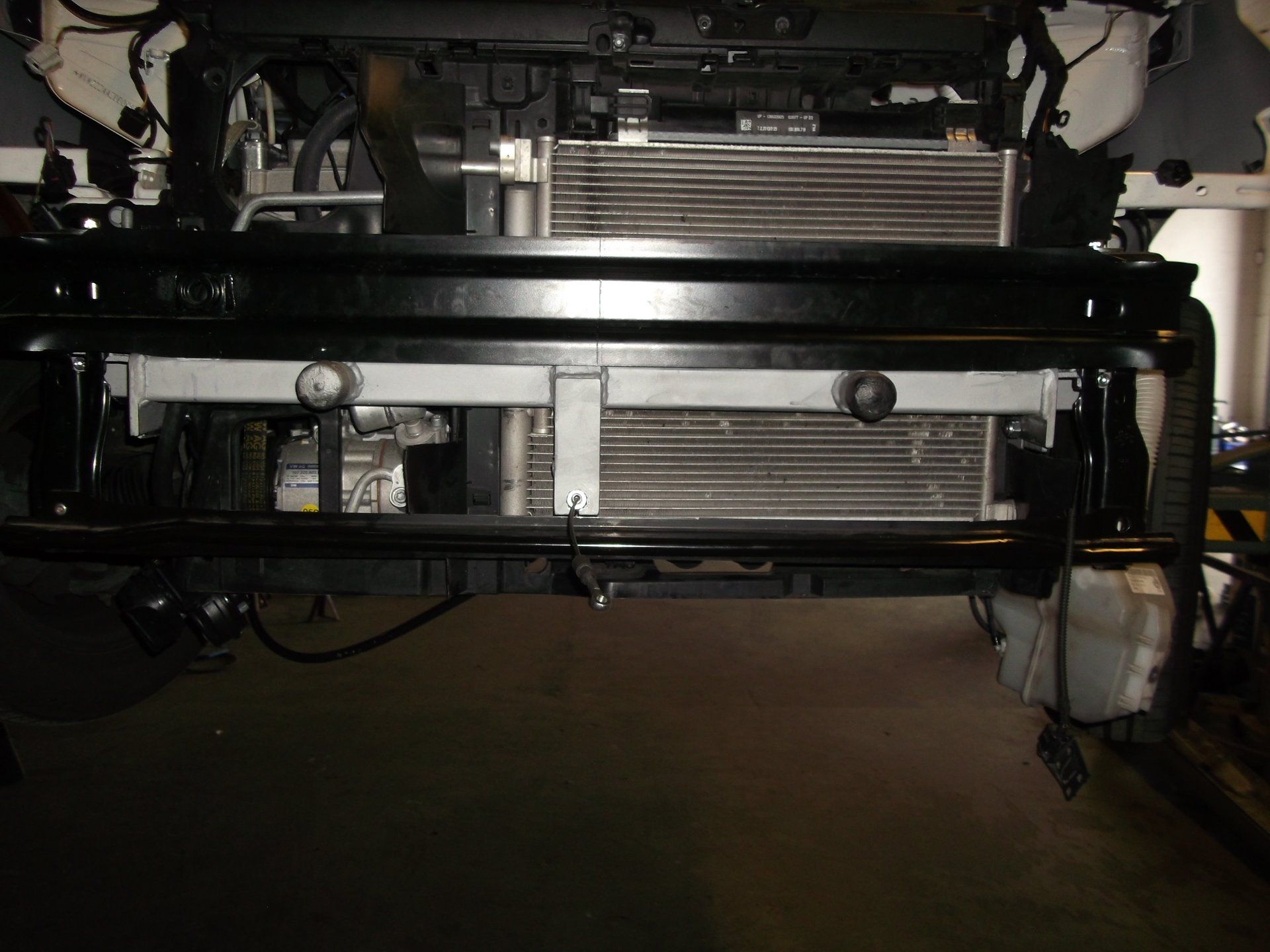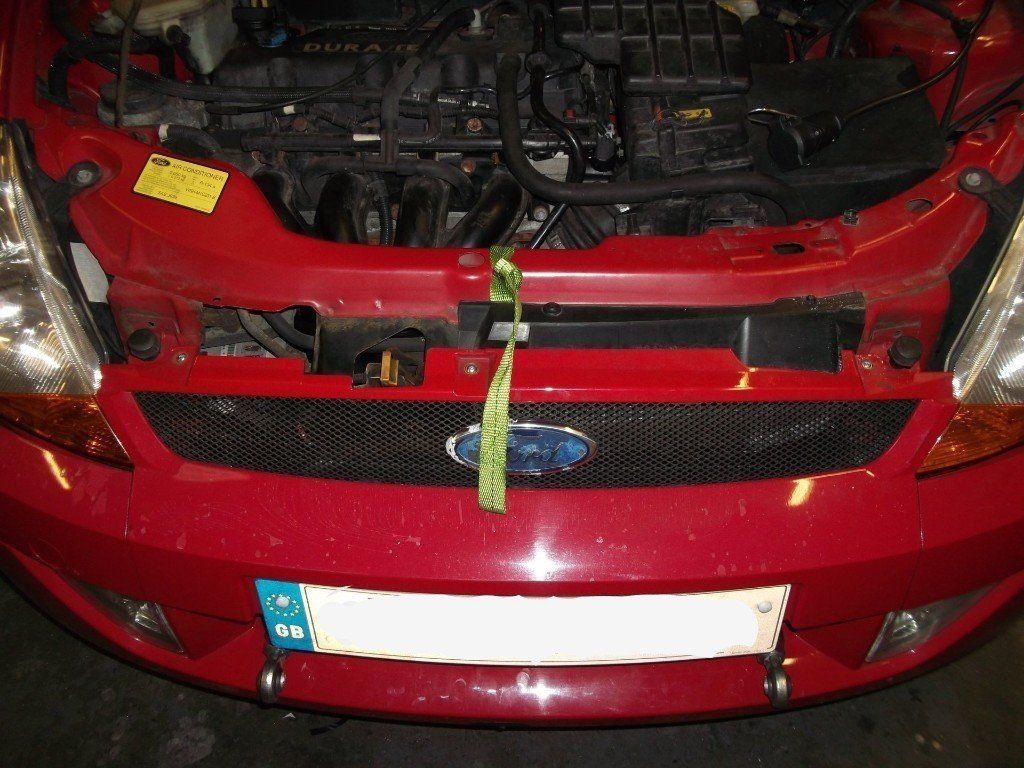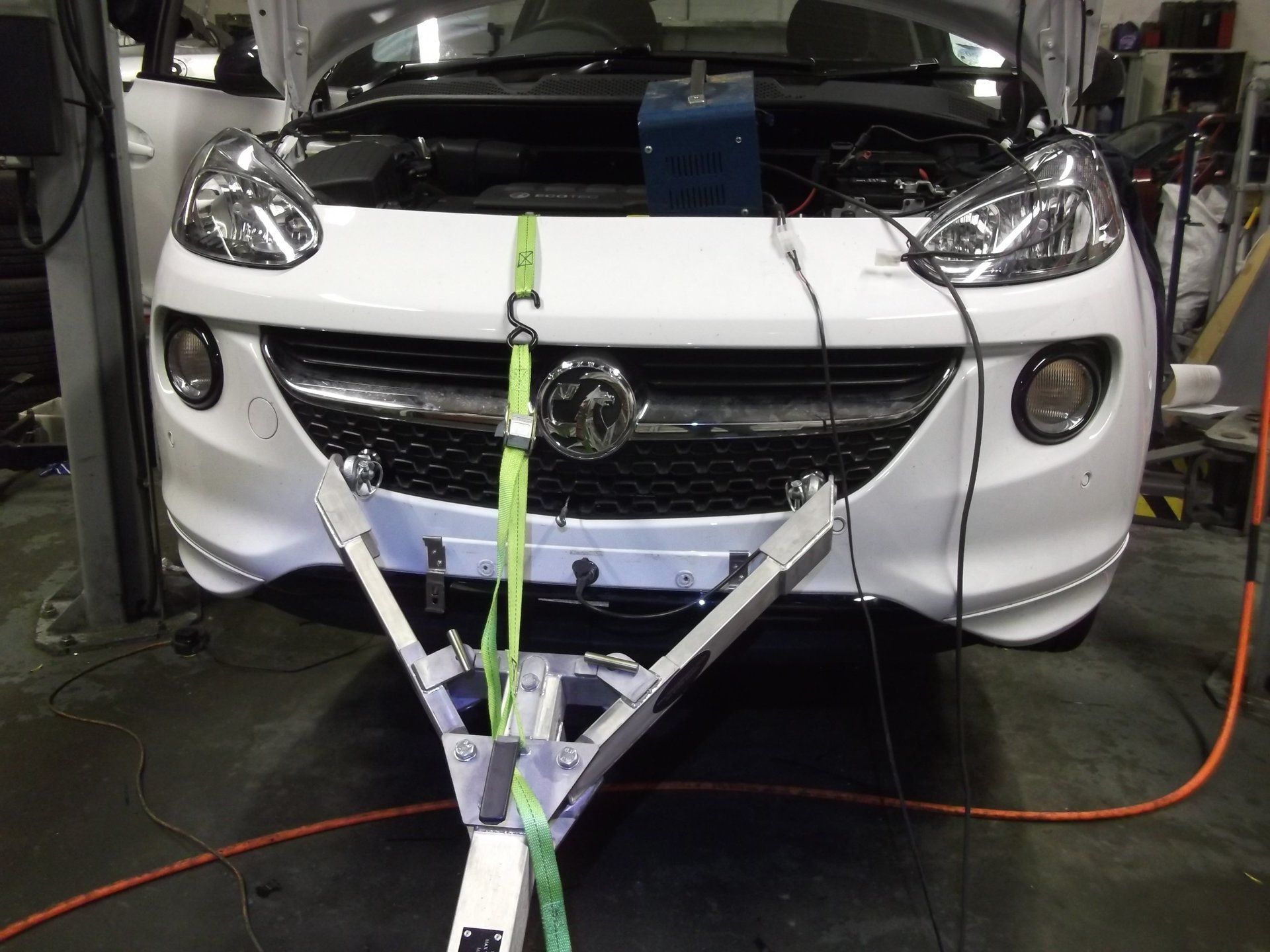Our integral A-frame:
Manufactured as a purpose made 'A' Frame, from precision laser cut components using grade 304 STAINLESS STEEL, this did away with the bulky, heavy and frankly agricultural proprietary trailer unit, incorporating all the components within an elegant STAINLESS STEEL tube (having manufactured stainless steel roof racks and glass carriers for a number of years previously, as well as being born and bred in Sheffield, obviously stainless steel was the logical choice).
The resulting 'A' Frame, with its aerospace quality 'tig' welding is not only visually elegant, but is also far more compact, very much lighter, does not require a jockey wheel just a simple to use hold-up strap, and its ergonomic design means it is easy to handle and couple up, with no clumsy bars etc. to fiddle into place.
With a weight of just 12kg - approx 12.5kg (15kg in heavy duty format), it contrasts markedly with other manufacturers (of overrun 'A' Frames), whose products weigh between 20kg and a hernia inducing 32kg, and that doesn't include their necessary jockey wheels!!!
Our budget A-frame:
In addition to our 'integral' A-frame, we also produce a simpler 'budget' frame, based on a proprietary hitch. this is a little heavier (19kg) and tows up to 850kg the folded length is 1100mm All the internals, brake cable electrics are the same as our previous 'integral' system.
